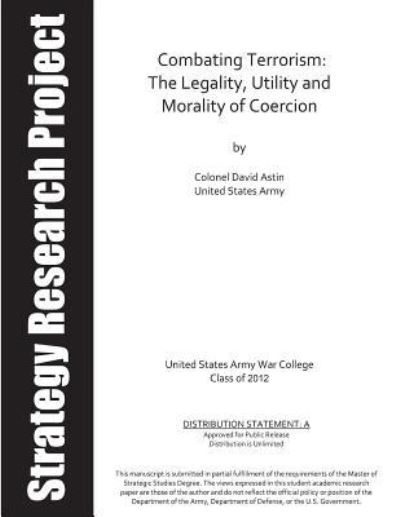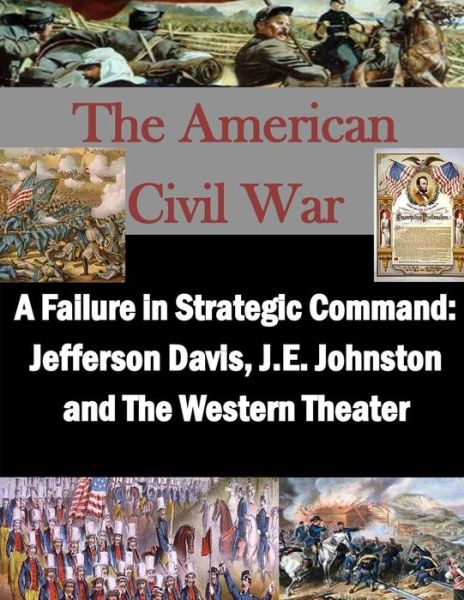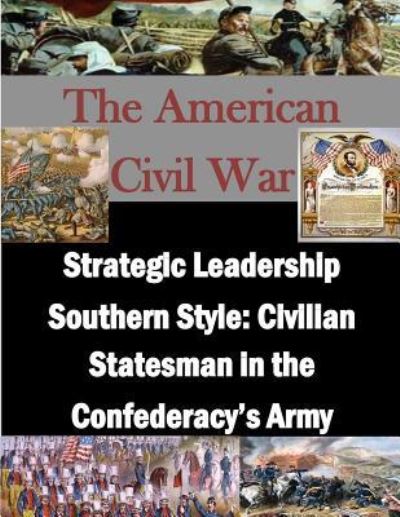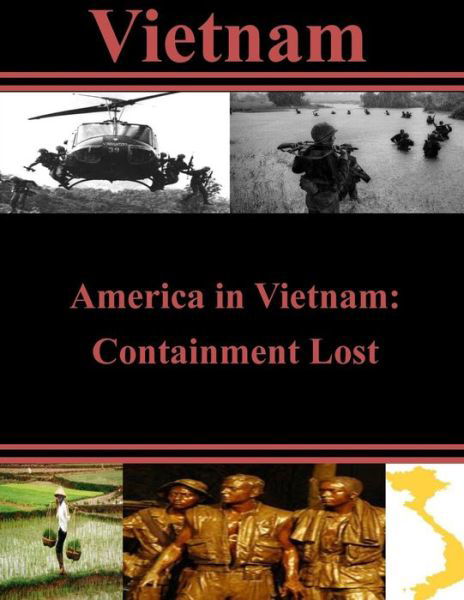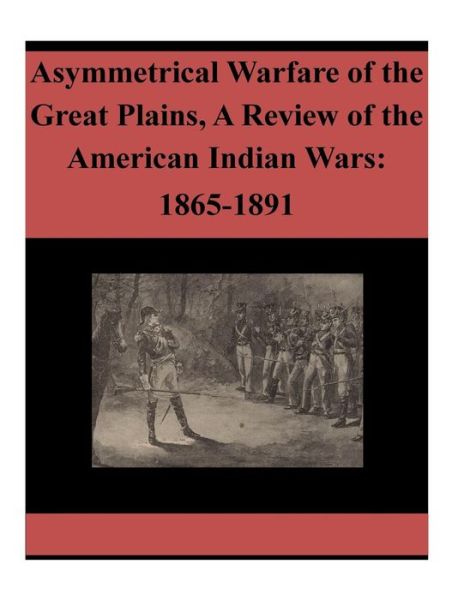
Tell your friends about this item:
Iraq, 2003-4 and Mesopotamia, 1914-18
U S Army War College
Iraq, 2003-4 and Mesopotamia, 1914-18
U S Army War College
This work is a comparative analysis of the British campaign in Mesopotamia during the First World War,1914-18 and the current campaign in Iraq, 2003-4. The study focuses on an examination of Phase III decisive operations and Phase IV reconstruction operations, including strategic imperatives, operational planning, and the impact of changes during operations. The British had no campaign plan for Mesopotamia upon the outbreak of war in 1914. Deployment to this theater began as a peripheral operation. Overriding politico-strategic requirements spurred further exploitation to reach Baghdad. Failure to match ends and means resulted in the disastrous surrender of a division at Kut on 29 April 1916. Sweeping reorganization and large-scale reinforcements resumed the advance; Baghdad fell on 11 March 1917. The British conducted ad-hoc reconstruction operations throughout this period, beginning in the Basra vilayet and expanding their scope with the capture of Baghdad. The British established viable civil institutions, to include police forces, a functioning legal system, Revenue and Customs Departments, a banking system, and even domestic mail. Several of these initiatives survived through the mandate period and after independence in 1930. Conversely, the recent American strategy of pre-emption in Iraq was a policy decision based upon the wider strategic perspective and benefited from exhaustive operational planning. However, the rolling start campaign utilized minimal forces. They had the capability to win the decisive operations phase rapidly, but this same troop level was woefully inadequate to conduct incompletely-planned, sorely under-estimated, post-conflict operations. The host of Iraq studies before and during the current campaign did not look at the British campaign. This project highlights remarkable similarities among the British experience in 1914-18 and the American/coalition experience in 2003-4. Both campaigns suffered from a serious mismatch of ends and means at certain stages, especially for post-war reconstruction operations. They achieved significant success due to herculean efforts in theater. The work concludes with recommendations for strategic leaders related to planning and force structure.
| Media | Books Paperback Book (Book with soft cover and glued back) |
| Released | June 25, 2016 |
| ISBN13 | 9781534849167 |
| Publishers | Createspace Independent Publishing Platf |
| Pages | 36 |
| Dimensions | 152 × 229 × 2 mm · 63 g |
| Language | English |

 Christmas presents can be returned until 31 January
Christmas presents can be returned until 31 January




